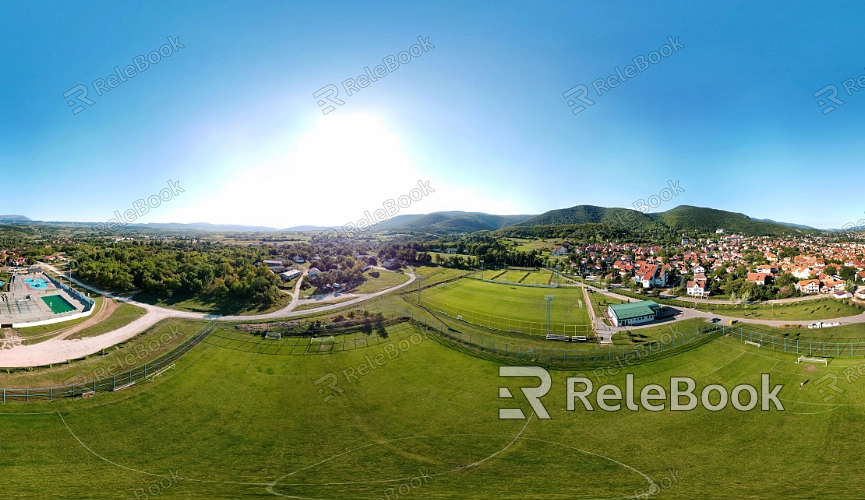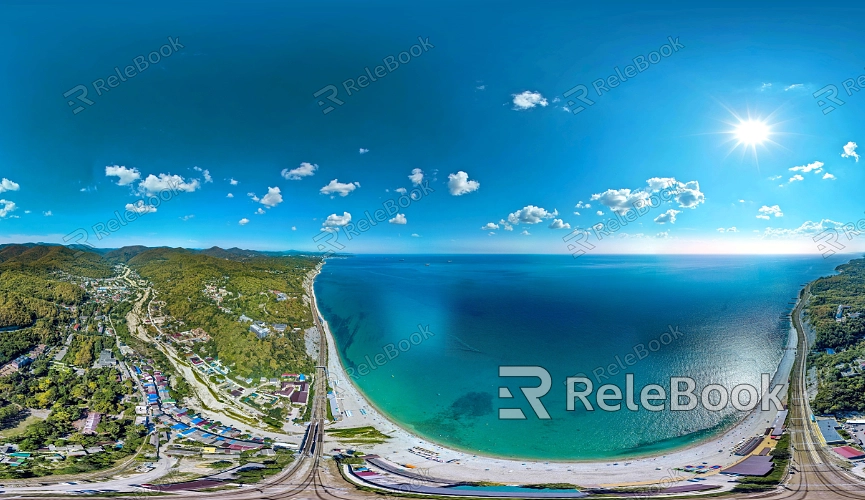Is Having HDR On Hurt Non-HDR Images
In 3D rendering design for interior, architectural, and animation projects, HDR (High Dynamic Range) technology is commonly used to enhance image quality and realism. However, does enabling HDR have a detrimental effect on non-HDR images? This article explores various aspects of this issue, including the fundamentals of HDR technology, its application in common 3D software, and how to balance HDR and non-HDR image processing.

1. Basics of HDR and Non-HDR Images
Introduction to HDR Technology
HDR technology enhances images by expanding their brightness range, capturing more detail and contrast to create richer, more realistic visuals. It is frequently used in 3D modeling and rendering to craft immersive environments and improve overall image quality.
Characteristics of Non-HDR Images
Non-HDR images (Standard Dynamic Range images) typically have a narrower brightness range and contrast. During rendering, these images may not showcase the same level of detail and shading effects as HDR images.
2. Impact of HDR on Non-HDR Images
Contrast and Brightness Handling
When HDR is enabled, 3D software adjusts the lighting and color settings across the entire scene, which can affect the appearance of non-HDR images. The brightness and contrast of non-HDR images might appear unnatural in an HDR environment, leading to color distortion or brightness issues.
Color Mapping and Color Correction
HDR images use a wider color gamut compared to non-HDR images, which are limited by a narrower color range. In an HDR environment, non-HDR images might need color mapping and correction to avoid color discrepancies and visual inconsistencies.

3. HDR Handling in Common 3D Software
HDR Settings in 3ds Max
In 3ds Max, enabling HDR causes the software to automatically adjust lighting and material rendering settings to accommodate HDR characteristics. This adjustment might result in uneven display of non-HDR images within the same scene, requiring manual tweaking of rendering settings to maintain consistency.
HDR Application in Blender
Blender allows users to enable HDRI (HDR images) as environment lighting in the rendering settings. While HDRI can significantly enhance image quality, non-HDR textures may require additional adjustments to ensure accurate color and shading effects.
HDR Effects in Cinema 4D
In Cinema 4D, HDR settings can improve the realism of a scene. However, non-HDR images may need optimization to prevent color distortion or brightness issues in an HDR environment.
4. Balancing HDR and Non-HDR Images
Adjusting Render Settings
When HDR is enabled, you can balance HDR and non-HDR images by adjusting render settings. For instance, tweaking exposure compensation and brightness contrast settings can mitigate the impact of HDR on non-HDR images.
Using Post-Processing Tools
Post-processing tools can correct rendered images to address the negative effects of HDR on non-HDR images. Adjustments to brightness, contrast, and color balance can help restore the natural appearance of non-HDR images.
Employing Blending Modes
Some software offers blending modes to combine HDR and non-HDR images, reducing HDR’s impact on non-HDR images. Proper blending and fusion techniques can achieve a more consistent and natural visual effect.
Enabling HDR technology does affect non-HDR images, primarily in terms of contrast, brightness, and color accuracy. However, by adjusting render settings, using post-processing techniques, and employing blending methods, you can effectively balance the appearance of HDR and non-HDR images. These measures will help designers enhance image quality while ensuring non-HDR images maintain a natural and consistent look.
If you’re seeking high-quality HDR images, 3D textures, SketchUp models, or 3ds Max models to create models and virtual scenes, Relebook offers a wide range of resources to help you achieve outstanding visual effects in your projects.

